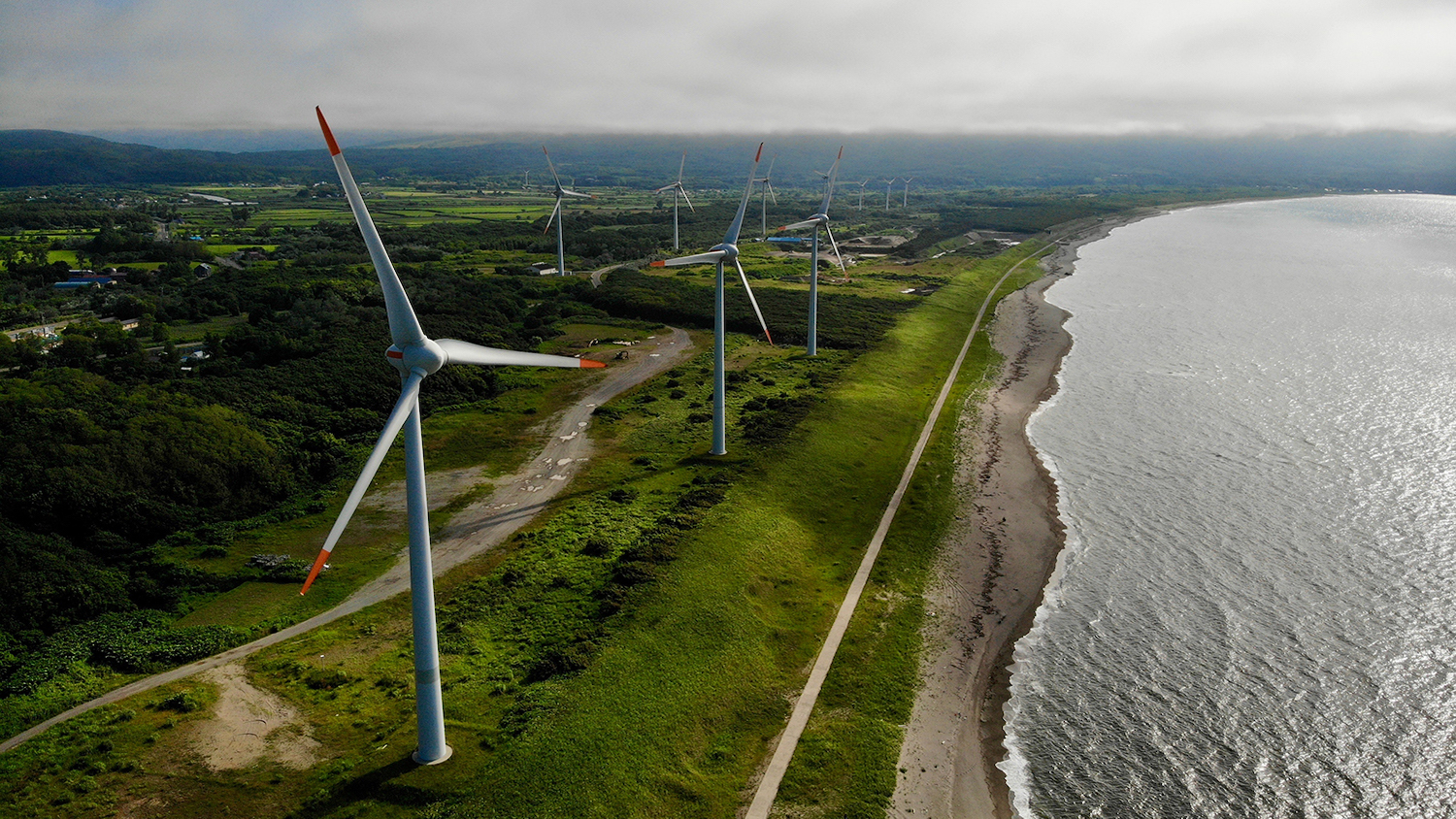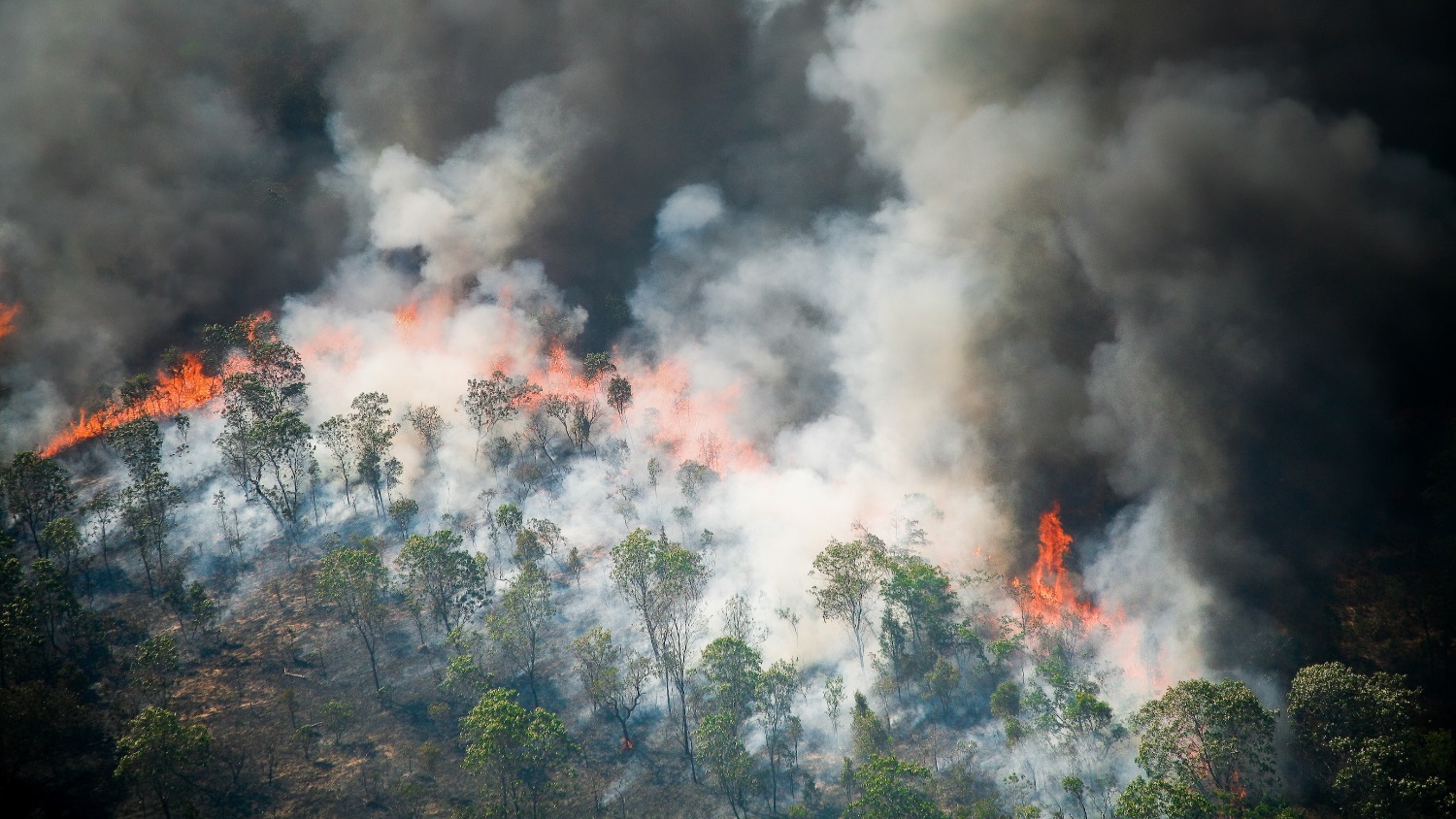Renewable Energy Poses Challenge For Wildlife Conservation

- A new book co-edited by NC State researchers highlights the environmental impacts of renewable energy development to help leaders and industry professionals adopt more sustainable practices and policies.
- Renewable energy (solar panels, wind turbines, etc.) is increasing globally but often requires more land than fossil fuel production, with infrastructure fragmenting or even eliminating high-quality wildlife habitat.
- The intensity and magnitude of environmental impacts from renewable energy development vary depending on the technology used, the extent of land conversion, and a number of other factors.
Solar panels, wind turbines, hydroelectric dams. Renewable energy is often hailed as a key strategy in the fight against climate change, largely because it helps reduce emissions of carbon dioxide and other greenhouse gases.
Unlike fossil fuels — coal, oil and natural gas — renewable energy is generated from natural processes that are continuously replenished, such as sunlight, geothermal heat, wind, tides, water and various forms of biomass.
But renewable energy development can have harmful effects on the environment, according to Chris Moorman, a professor and coordinator of the Fisheries, Wildlife and Conservation Biology program at NC State’s College of Natural Resources.
“Countries around the world are looking to reduce emissions and transition away from fossil fuels,” Moorman said. “And while renewable energy is one of the most effective ways to do so, it’s not always free of environmental impacts.”
Moorman’s teaching and research activities focus on issues related to global change and wildlife conservation. He recently published a book entitled “Renewable Energy and Wildlife Conservation,” with his co-editors Steve Grodsky, an assistant research ecologist at the UC Davis John Muir Institute of the Environment and PhD graduate of the College of Natural Resources, and Susan Rupp, a certified wildlife biologist and CEO of Arkansas-based Enviroscapes Ecological Consulting.
Published by Johns Hopkins University Press and The Wildlife Society, the book explores current scientific research and theory behind renewable energy production and its impacts on wildlife — both positive and negative.
The editors and other subject matter experts describe processes to generate renewable energy, review documented effects on wildlife, consider policy directives, provide mitigation strategies to lessen effects on wildlife, and identify research needs related to wildlife conservation. The book culminates with a chapter underscoring consistent themes, emerging opportunities and recommendations for future research.
Moorman said the book serves as “a single, comprehensive resource to help policy makers and industry professionals balance renewable energy development with wildlife conservation.”
“As renewable energy ecologists, we study novel challenges and synergistic benefits to conservation presented by renewable energy development,” Grodsky added. “We have great opportunities to inform sustainable energy development to make for a bright energy future for people, wildlife and the planet, which is very exciting.”
A Growing Footprint
Investment in renewable energy is increasing globally and isn’t expected to slow down in the coming decades. About 50 million acres of new land are projected to be developed for energy production in the United States by 2035, and the majority of the impact would come from the production of renewable energy.
Renewable energy often requires more land than fossil fuel production, with infrastructure fragmenting or even eliminating high-quality wildlife habitat, according to Moorman. It can also lead to a variety of other impacts on wildlife, including behavioral changes and direct mortality.
A few examples:
- Wind turbines, both land-based and offshore, kill millions of migratory birds and bats each year from collisions.
- Hydroelectric dams block migration routes for fish, preventing them from breeding and causing high juvenile mortality rates.
- Concentrating solar plants known as “power towers” produce beams of sunlight intense enough to incinerate insects and birds.
The intensity and magnitude of environmental impacts from renewable energy development vary depending on the technology used, the extent of land conversion, and a number of other factors. But one of the most important determinants is project siting, according to Moorman.
“From an ecological standpoint, we should be building these projects in developed areas that already have little wildlife habitat,” Moorman said.
In the United States, however, governments agencies at both the state and federal levels have yet to adopt strong renewable energy policies with regards to wildlife conservation, according to Moorman.
“North Carolina ranks second to California for solar power production,” he said. “But there’s no regulatory framework in place to prevent bad siting decisions.”
Studies show that utility companies in the U.S. have built renewable energy projects on mostly undeveloped areas where land prices are less expensive but where risks to biodiversity may be greater than in more developed regions.
However, renewable energy effects on the environment can be avoided or reduced if development is thoughtfully planned and implemented, according to Moorman. For example, using native, pollinator-friendly plantings at solar facilities can increase populations of bees and other insects.


